How to write a personal mission statement
A personal mission statement guides who you are and what you do. How can you write that mission statement effectively? Find out with our most excellent advice!
A personal mission statement guides who you are and what you do. How can you write that mission statement effectively? Find out with our most excellent advice!
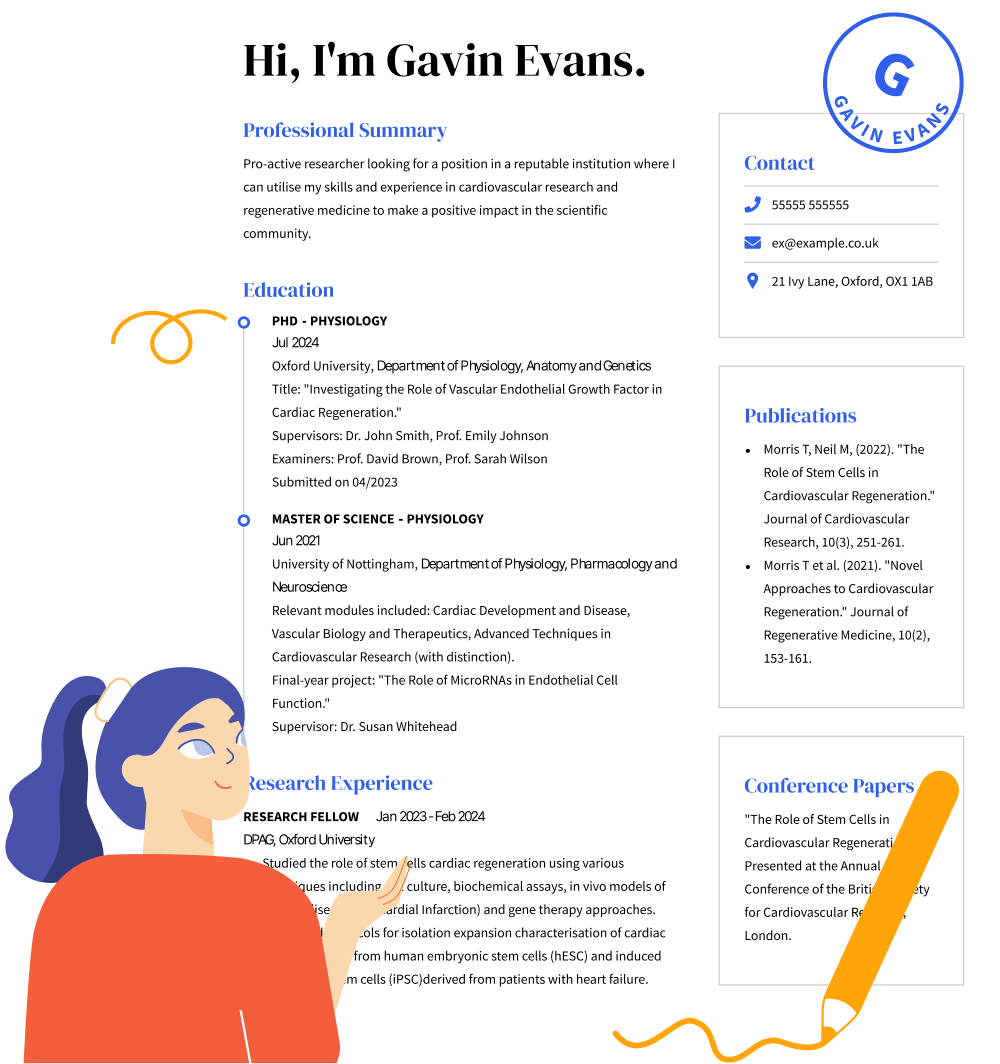
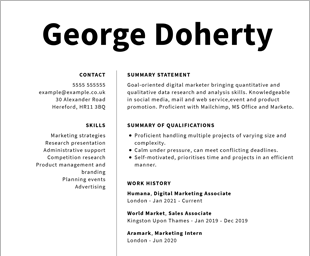
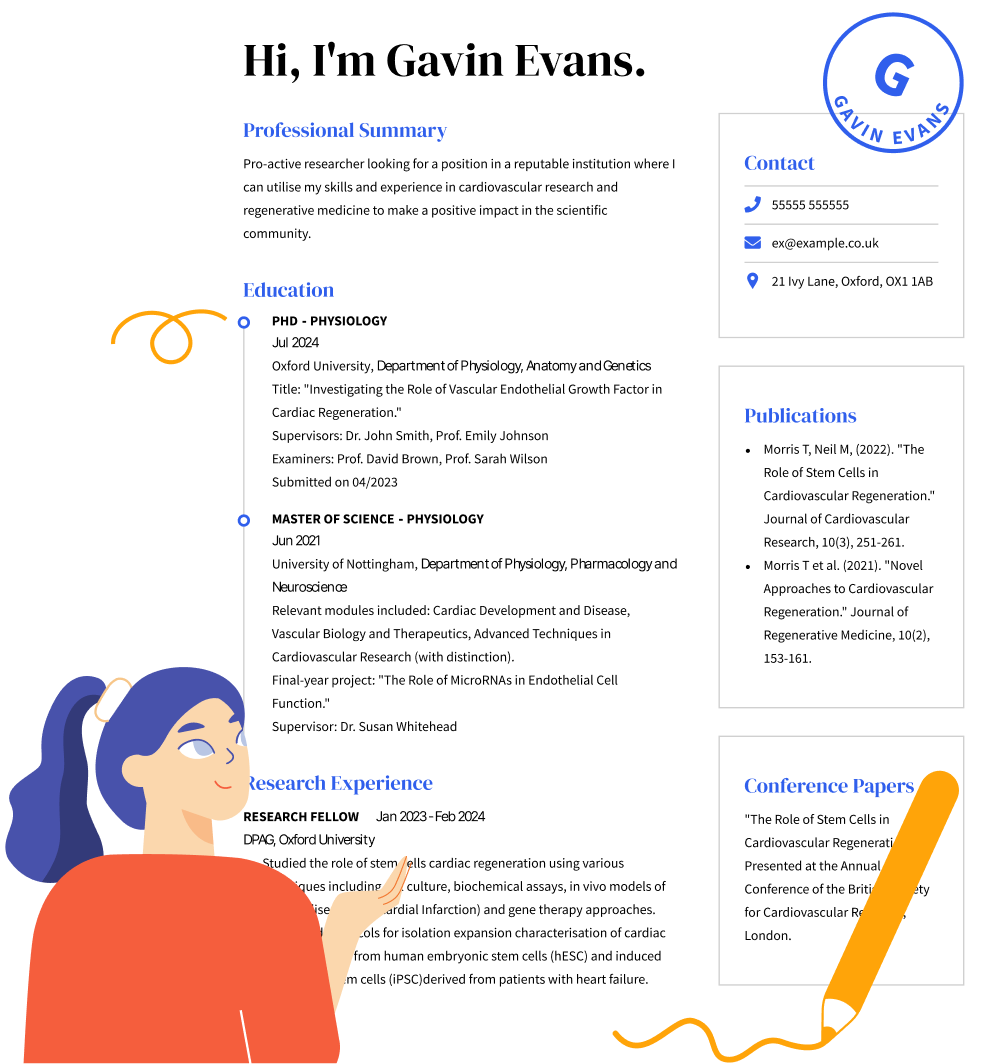
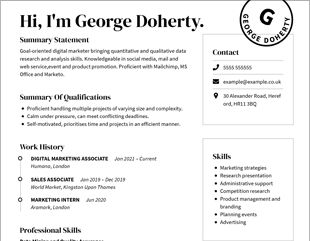
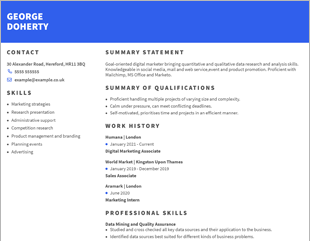
OUR USERS HAVE BEEN HIRED BY
If you’ve been looking into ways to set life goals, then one of the things you may have heard of is creating your personal mission statement. Mission statements can be a great way to understand the actions you take in everyday life.
Often, job interviews may even ask you if you have a personal mission statement. Fortunately, creating yours does not have to be complicated. If you want to create a personal mission statement, here are some things to consider.
A personal mission statement is a one-to-two-sentence statement that indicates what you want to do in your life and career. Imagine what you would do if you could reach your full potential. What would you want to say you’ve achieved when you’re retired and looking back on your life? That’s what you should put in your personal mission statement.
If you’re interested in developing a personal mission statement, whether to aid you daily or to use as part of your career goals, then you can follow a fairly simple process to discover the personal mission statement that works best for your needs. Ask yourself the following questions to determine what your personal mission statement should be:
First, determine what you want to create in the world. These are your personal goals and core values and the impact that you’re hoping to put out into the universe when you’re the best version of yourself. Many people want to make a significant difference in the world, but it’s important that you think of exactly what you want to change.
Next, decide on what you want to create this sense of change for. Whose quality of life do you want to improve, and whose well-being do you want to impact? It’s completely possible for this person to be yourself – especially when it comes to things like a corporate mission statement, which typically has to do with your long-term goals in your job.
The last element has to do with the steps you’ll take to create the value you want to see in the world. Again, these should be long-term goals, so you should know that it’s going to take hard work to do this. However, this may mean that you can identify areas of your life where you want to make a change, successful people that you want to imitate, and more.
Once you have a personal mission statement, you can use it in a variety of places. Here are a few places where you can think about your mission statement and strive to live a more balanced life:
You may use a personal mission statement template to create these different statements or you may just choose to create one personal mission statement and adapt it to different areas of your life.
Many highly successful people and gigantic corporations have mission statements, showcasing the importance of having a good mission statement. Here are a few examples of personal mission statements that you might be able to use if you’re trying to create your own:
Note that some of these are large mission statements that impact the entire world, while some mission statements are more individualised, revolving around how you will live your own life. Neither is wrong; they’re just different personal mission statement examples that indicate different ways of pushing yourself.
No. Your personal mission statement should be generally broad. Notice how Walt Disney’s mission statement above is only four words long. If you’re looking to create something based on your short-term goals, then you might want to look into learning skills and discovering the answers to interview questions. Typically, details are best saved for other areas of your life.
Your personal mission statement might be different from the mission statements that you use for other situations. For example, you may decide to create a family mission statement, a corporate mission statement and a personal vision statement. These mission statements will likely be different, so it’s good to have all of them as separate statements.
We personalize your experience.
We use cookies in our website to ensure we give you the best experience, get to know our users and deliver better marketing. For this purpose, we may share the information collected with third parties. By clicking “Allow cookies” you give us your consent to use all cookies. If you prefer to manage your cookies click on the “Manage cookies” link below.